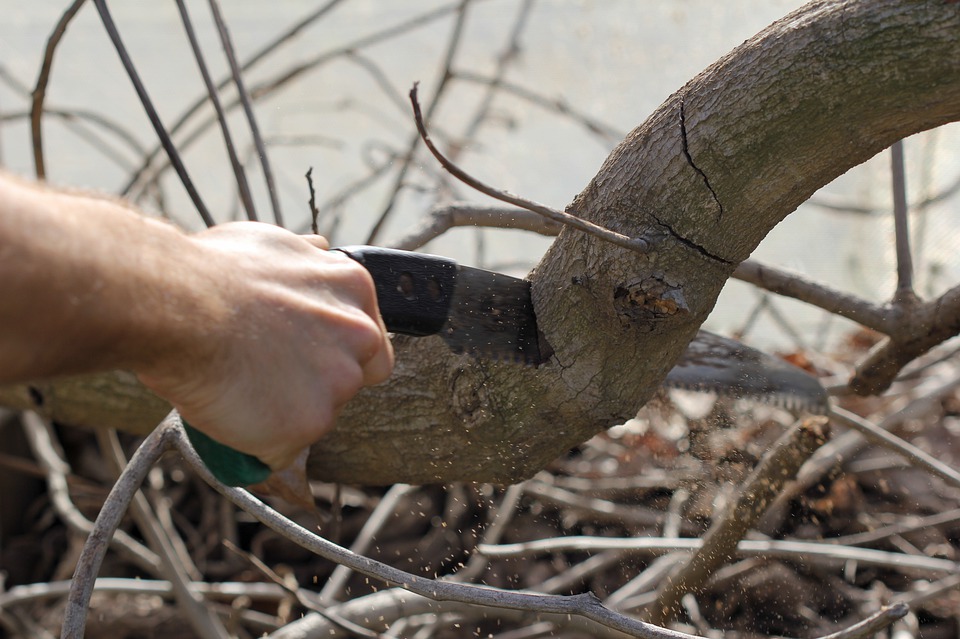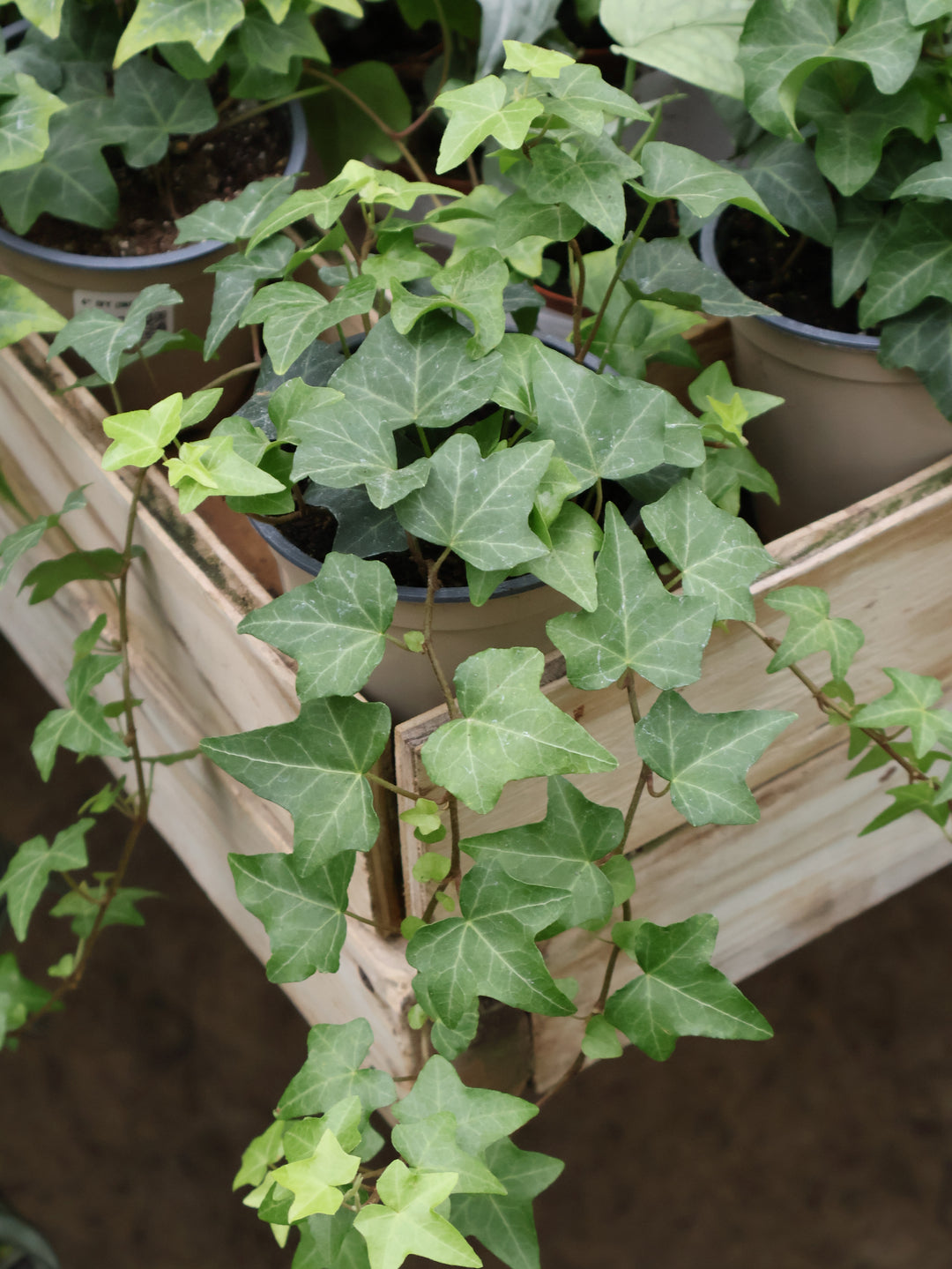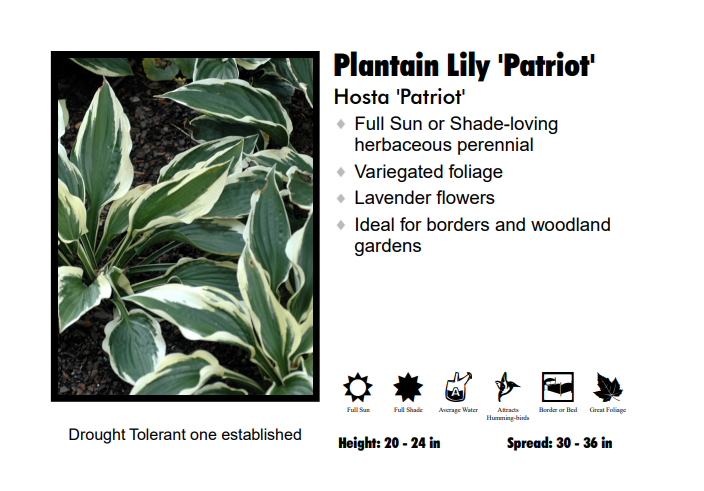Spring Pruning do's and don'ts
Spring Pruning do's and don'ts.
Dear Friends:
March weather has been a real rollercoaster ride. Highs in the 70's followed by lows in the teens. Plants have started to grow and then been knocked back down by lengthy periods of colder than normal weather. Today while writing this article, the morning started out in the low 30's and then rose to the upper 60's.
I always knew spring had arrived when My father would tell me, and this was EVERY YEAR, "JR this is the worst spring ever!" Following in his footsteps, I find myself repeating these same words and now my kids kind of chuckle at me. Is history repeating itself? It could just be....
So when the days turn nice and the sun is out, and I promise, they are coming. It's time to get outside, enjoy the fresh air, and prune some plants that need it. Even the most savvy gardener gets a little scared of what to prune and when. My hope is in this article, you will learn a bit and be confident to prune the right plants and be rewarded with more growth, bigger blooms and ultimately healthier plants.
Knowing which plants to prune when is important. A rule of thumb used by all if you have plants that bloom in the spring before mid June, do NOT touch these now. Their buds are set and you will be trimming off flowers you have patiently waited to see grow. These plants need pruned right after they finish flowering as many will start setting buds right after that. Some examples of these plants are: Serviceberry, Deciduous Azalea, Forsythia, Magnolia, Ninebark, weigelias, sweet shrubs, flowering quince, deutzia, hydrangeas (the round shape flowering ones) mountain laurel, honeysuckle, mockorange, andromedas, rhododendron, lilac, viburnum, dwarf flowering plums, fothergilla, bridal wreath spireas, redbuds, dogwoods, flowering cherries
If your plants bloom after mid June, more so in summer, dormant fall to early spring is a great time to prune. Some examples of plants to prune now are rose of sharons, arborvitaes, boxwoods, summer blooming clematis, crab trees, euonymus, fruit trees, holly, barberry, butterfly bush, bush form of dogwoods, summersweet, burning bush, potentilla, summer blooming spireas and blue mist spireas, potentilla, smoke tree, roses, privet, sweetspires, kerrias, dappled willows and hydrangeas with cone shaped blooms as well as Annabelle variety hydrangeas.
If you are unsure, do some research and double check the "when" before you decide to prune your plants or trees.
Now that you know when and what to prune, it's important to understand how and why to do so. I always teach my people to remember these 3 important points when pruning.
1) Dead is dead. Any branches that are diseased, damaged or broken should be removed anytime they are noticed.
2) Eliminate branches competing for the same space. Many times, plants will have 3-5 branches competing for the same area . It is best to thin these out and eliminate the weakest if you want your plant to grow bigger or the strongest if you want to make your plant smaller or maintain its current size. Many plants become so dense with growth, they begin to lose growth on the inside of the plant. By opening up areas inside the plant, more air can get through as well as sunlight. Less problems with bugs, disease, bigger blooms and a healthier plant will result if this "thinning " is done. When pruning trees, one of our landscapers said it is best to imagine your a bird and trim so you can fly through with no problems. It gets the point across.
3) Prune to promote outside growth. When you look at your plant's stem, you will see buds on the branches. Some go toward the inside of the plant, some will be directed to the outside. I always look for buds going to the outside of the plant and prune above that branch. In point number 2 we just spent the effort thinning and opening up the middle of the plant, so pay attention to this tip and this will make step 2 a lot easier next season.
If your plants or trees do not bloom well and are overgrown, I would remove up to 1/3 of the older branches and open up the middle of the plant. A pruning saw works well for this task. This will help to rejuvenate the plant with new life and some feathery growth on the inside. If you really want to reduce the size of your plant, removing 1/3 of the branches each year will allow you to take overgrown plants and make them like new again. This especially works well with overgrown lilacs, viburnums, privets, anything that has been let go for too long.
Some other tips I'd like to mention are to use good tools. The saying goes, you get what you pay for. A $5.00 pruner will not cut as well as a $70 pair. Once you use a high quality pruner or shear, you will not go back to a lesser version. Also, use the correct tool. Larger loppers or a pruning saw is best to use to cut larger branches. If you find yourself struggling to squeeze through a branch, you need a different tool. Keep your blades sharpened and your pruner oiled for best performance.
When making cuts, try to cut flush with a lateral branch. Leaving a small "nub" when cutting instead of cutting flush with a branch will result in a dead short nub you just made. Cutting flush will actually spur on new growth. The books also say to make an angle cut at 60 degrees. If you have the time, this is good practice to do. Plants are tough though and want to survive. It is not a 100% thing to do every time.
When pruning evergreens, always make sure the bottom of the plant is wider than the top. I have seen many clients who have made the perfect ball and wonder why their bottoms do not have any growth. Plants need sun to grow and flourish. Keeping bottoms a little wider will ensure they obtain the sun they need to stay green.
It seems to me, pruning or shearing alberta spruces on a cloudy day will help eliminate the brown needles which occur after pruning them. This is most apparent on spiral or pom pom trees.
I have also been asked by many if tree kote or tar should be used after pruning. The answer is no. Plants tend to heal quicker by leaving the cut exposed.
Hopefully I have armed you with some knowledge to get out there and do some trimming. Your plants will reward you with less disease and insects, bigger blooms, bigger leaves and overall a better looking plant. Plus it gives us a chance to get outdoors. Pruning is not scary and if you apply the points detailed above, it can be done quickly and not seem as a laborious task.
As for insects coming out this week, our first candidate for this year is the white pine weevil. They like to bore into the tops of pines, fir and all spruces. It usually causes the leader to turn dead and dieback a foot or so. The temperatures are warming up enough now and if you have experienced this problem, now is the time to spray with Bonide eight or drench with Fertilome's tree and shrub drench. This protects plants for a full year. Just measure the circumference of your tree trunk, for every 1" of girth, add 1 oz of this product to a gallon of water. Dump around the base and the tree will pull up insecticide through the plant. If you prefer to spray I would spray now and again mid April covering the tops of trees to run off. Our wonderful weather is currently running 1 week behind last year's time frame. I think this year will be riddled with many new species of insects which have finally migrated to Lorain county. Some of these new pests seem to have the potential to be pretty devastating to various plants and crops. I will keep you posted as to when and what to do. Hoping some normality returns to the weather, thank you for reading!
J.R. Pandy, "The No B.S.Gardener"
Pandy's Premier Garden Center
440-324-4314
www.pandysgardencenter.com














Leave a comment